One usually uses an HDMI cable to connect different video equipment. If the display (or a TV, monitor, or projector) is farther than 60 feet away from a signal source like an Xbox, we have to use an HDMI extender. Extenders over twisted-pair cables could be helpful even for distances smaller than 60 feet.
We must find another way to solve this when the transmission distance goes north from 400 feet. One of the options here is to implement HDMI over optical cable, a kit like the INRIKS EX2078A.
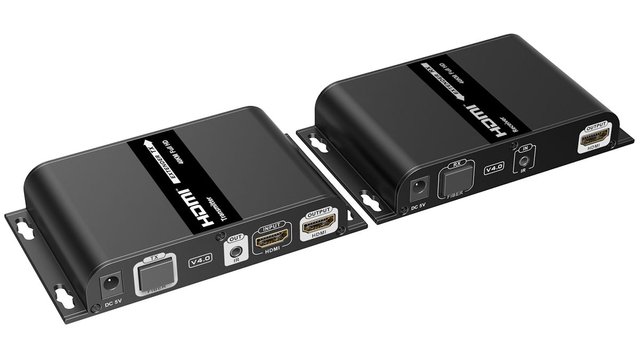
Features
INRIKS EX2078A is a set of transmitter and receiver units. It extends the HDMI signal with a maximum resolution of 1080p at 60 Hz for 24 miles.
The TX unit has an HDMI output for local monitoring TV.
In addition to the above, an IR return channel controls the playback source from the display end of the line with the remote.
Visual inspection
INRIKS EX2078A is shipped in a simple gray box with a sticker; all the basic features are listed.
Inside the box are both TX and RX units in a firm wrap. All the accessories and the manual are under the plastic tray that holds the transmitter and receiver.

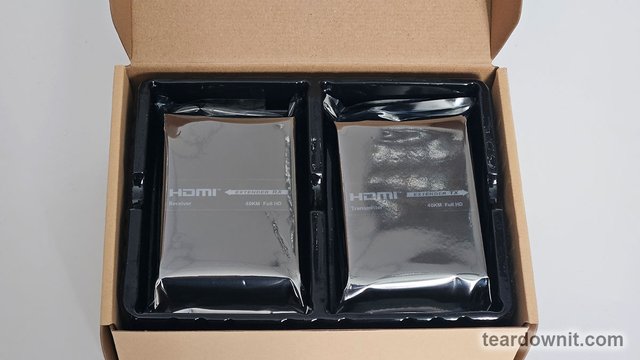
So, the box contains:
HDMI transmitter (TX) over optical cable, 1 pc.
HDMI receiver (RX) over optical cable, 1 pc.
Power supply DC 5V, 2A, 2 pcs.
SFP optical transceiver (T1310/R1550nm), 1 pc.
SFP optical transceiver (T1550/R1310nm), 1 pc.
IR blaster extension cable, 1 pc.
IR receiver extension cable, 1 pc.
User manual, 1 pc.
Rx and TX units are pretty compact; their size directly corresponds to the ports on their back plates.
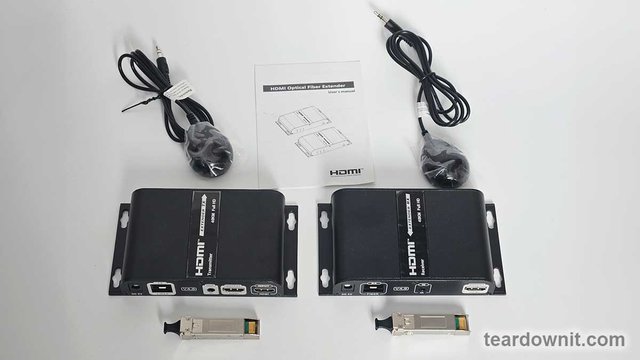

The face plate has LED indicators and a RESET button.
On the back plate of a transmitter, one can find a DC 5V input, an optical transceiver slot, an eighth-of-an-inch jack connector for the IR output, an HDMI input for the image source, and an HDMI output for the monitoring display.
The back plate of a receiver has basically the same ports: DC 5V input, optical transceiver slot, IR input, and HDMI output for the TV.
It's worth mentioning that we've got mounting brackets on the case to easily install it on any even surface.
And one more thing: the infrared emitter and receiver are included. With those, one can transmit the signal from the remote to the image source, which is miles away from it. More details on this feature are here link
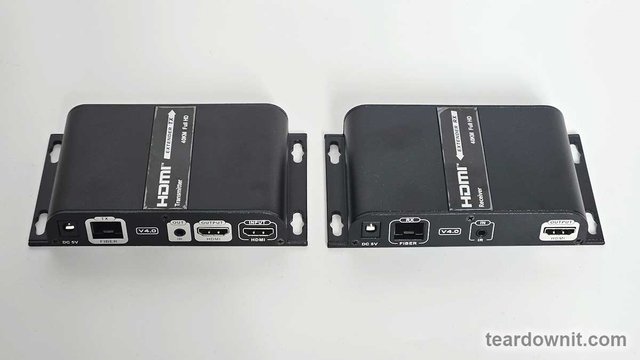
As for the optical transceivers, there are two of them included in the box. The input optical interface is LC/UPC S. You should start by plugging in the transceiver labeled "RX" into the receiving unit; the other transceiver is supposed to be inserted into "TX" but does not have such a convenient label🙂
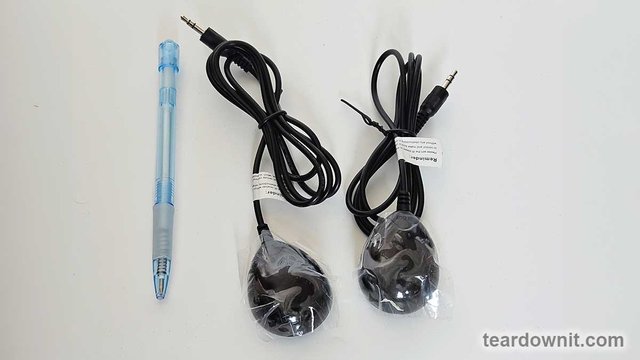

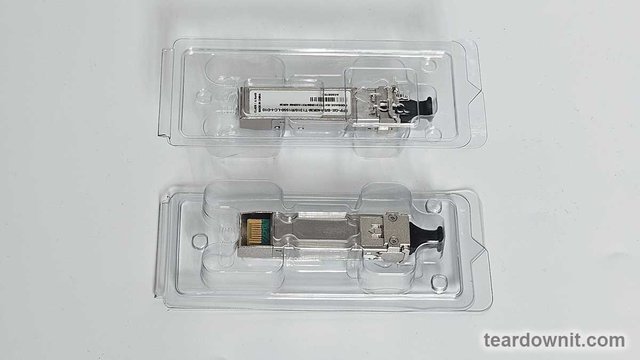
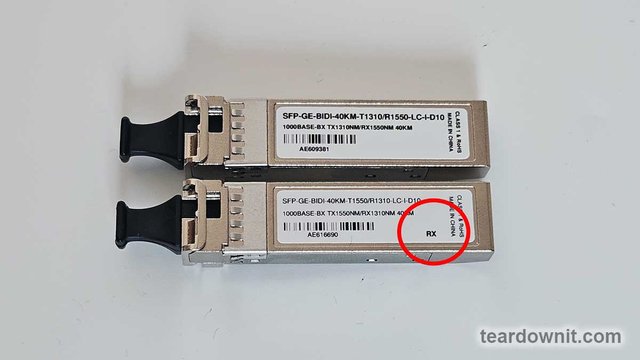
We've opened the case to check the quality of the materials and the soldering job. The metal case is fine and thick, would be very hard to bend, and looks and feels substantial.
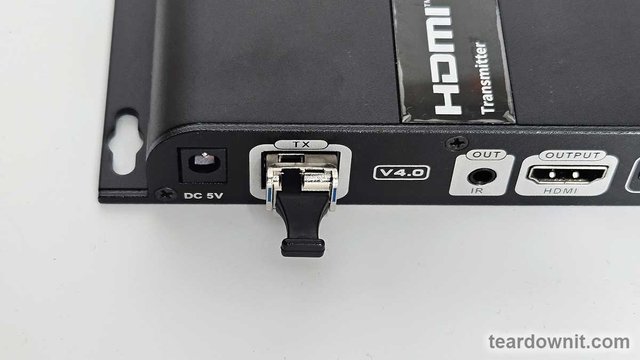
The board is sitting in special cutouts in the case. It is securely fixed to the case with no slack. Openings for the ports are made accurately with no shifts or gaps.
The upper side of the PCB has no issues; everything looks neat. But the downside is the downside (pun intended); it has some unwashed flux stains around bigger elements and port connections.
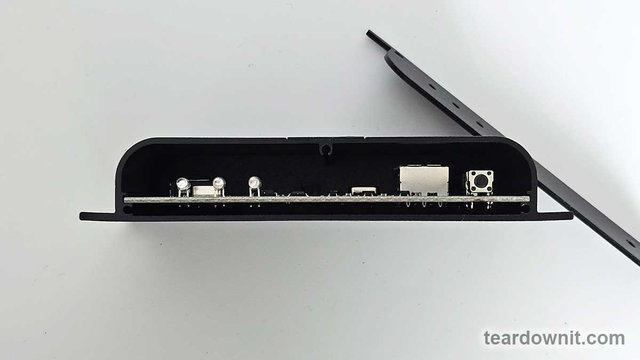
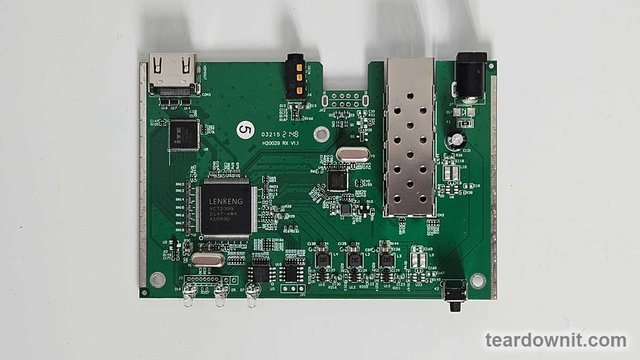

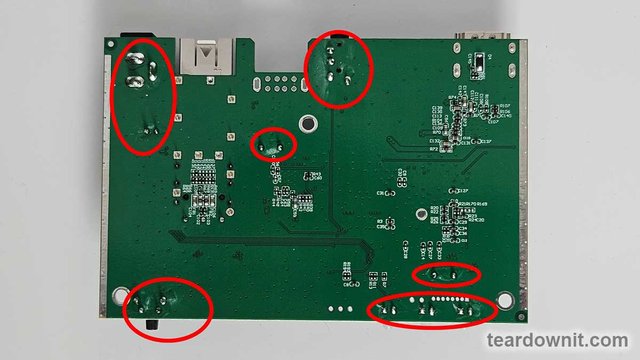
Some soldering sloppiness never hurts, but we had to point this out.
Testing
For the test, we've got a laptop, a monitor, and a fiber optic cable.
Honestly, we cannot check if the range is indeed 24 miles, so we'll take the manufacturer's word for it. For the shorter distances, it does not matter if we use 50 feet or a mile-long cable, so we've settled for 50 feet of fiber that was lying around.
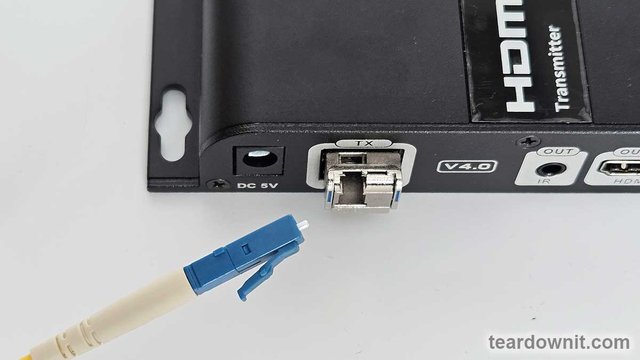
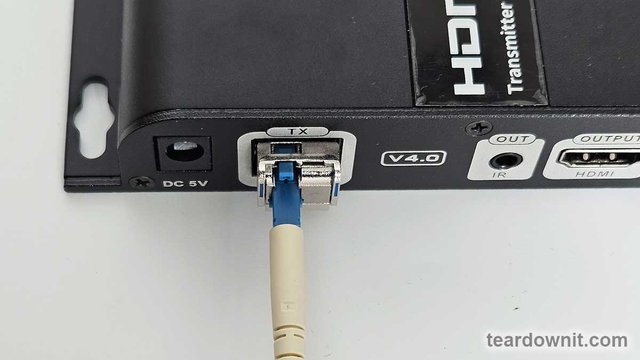
We connected everything according to the included manual.
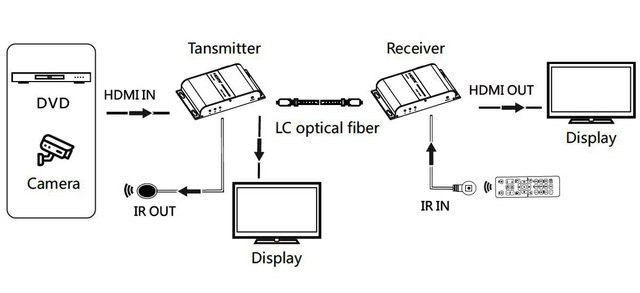
We powered everything on, and after just a few seconds, there was an image on the remote monitor. Those few seconds at startup are necessary for both units to get synced.
The transmission lag is negligible. We've done several measurements, and it was somewhere between 0.06 and 0.1 seconds.
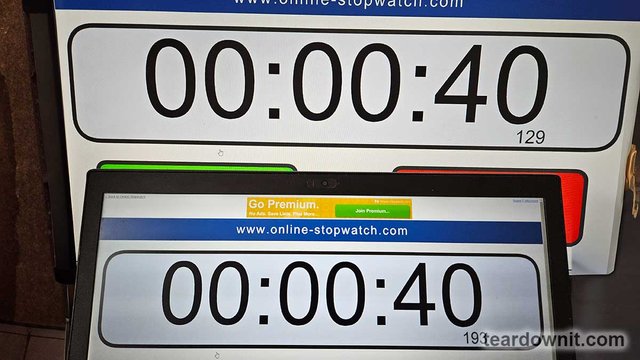
Transmitting a video signal over such a long distance makes the delay irrelevant. As for the image quality, there's nothing to say; there are no obvious issues there, and it seems to be a good thing.
Kinda verdict
We've tested the INRIKS EX2078A HDMI extender over an optical cable. It could be a great pick for transmitting video signals over long distances, up to 24 miles. It is simple and requires no setup; one just needs to accurately plug in everything mentioned in the manual. We recommend buying it right away.
The only thing to consider is the transmission delay of up to 0.1 seconds. It could be that your project requirements can't afford this lag.